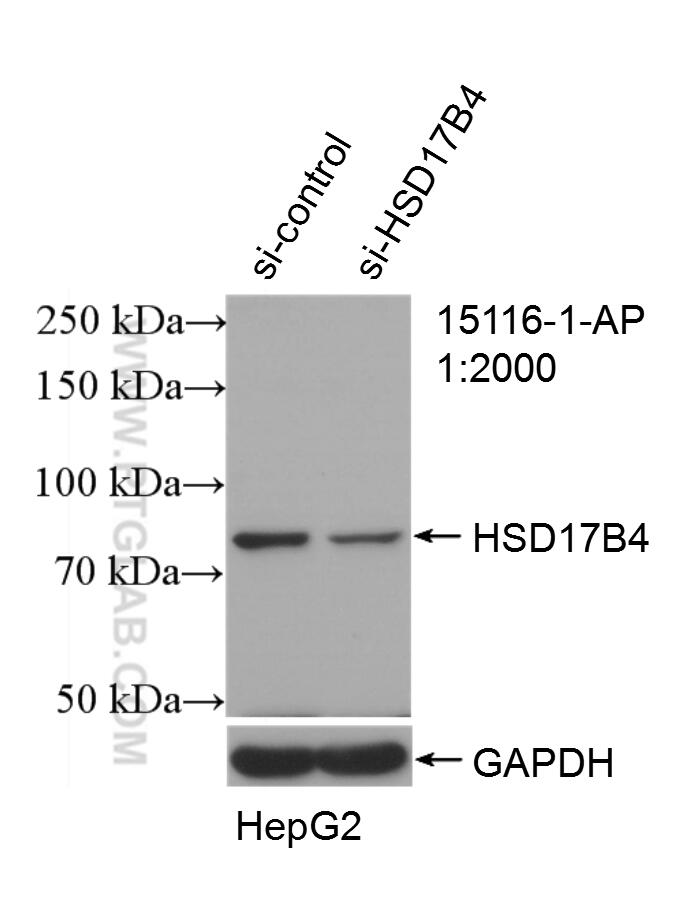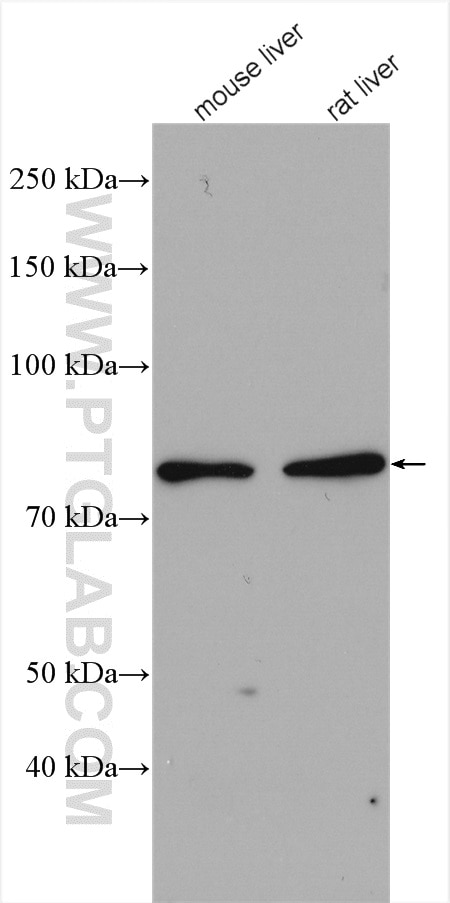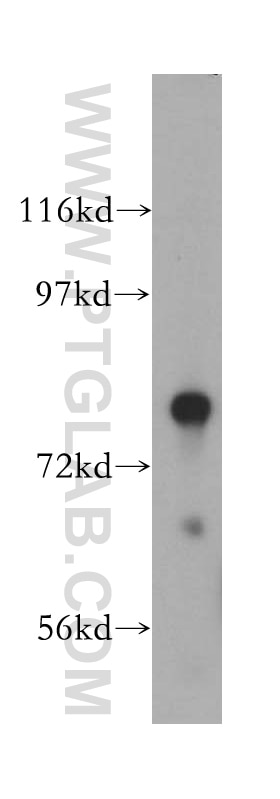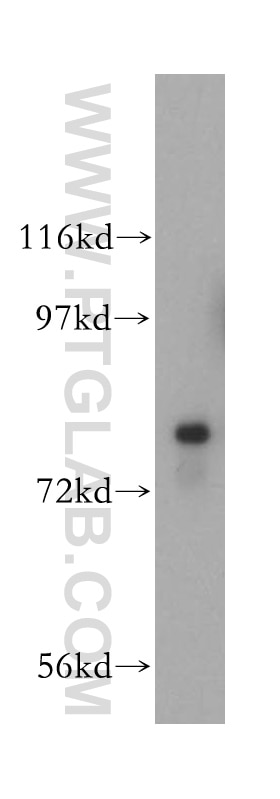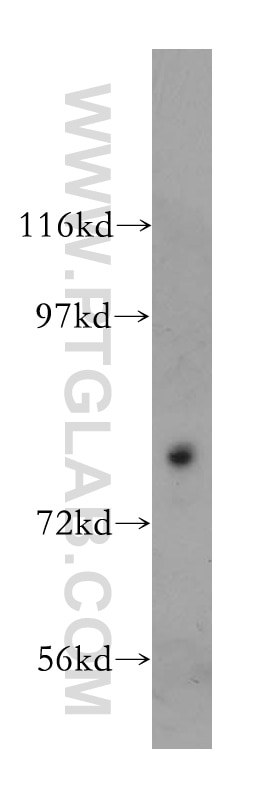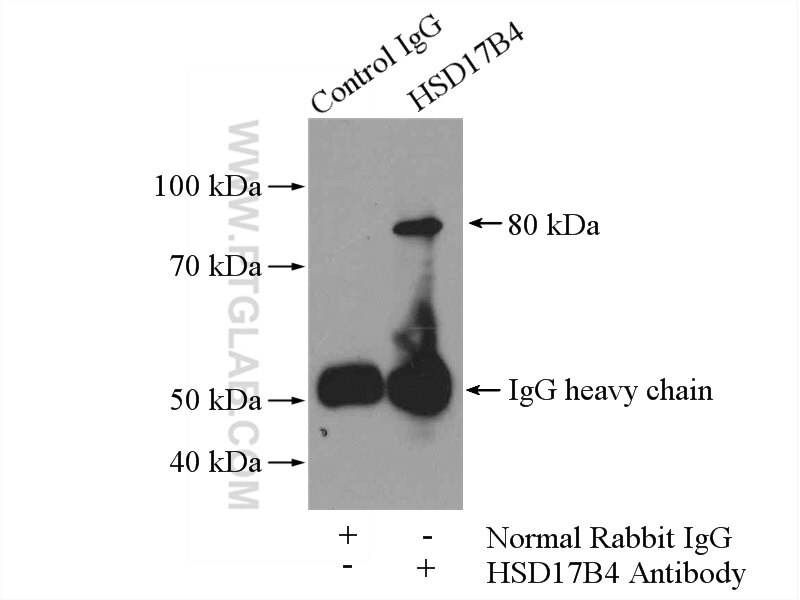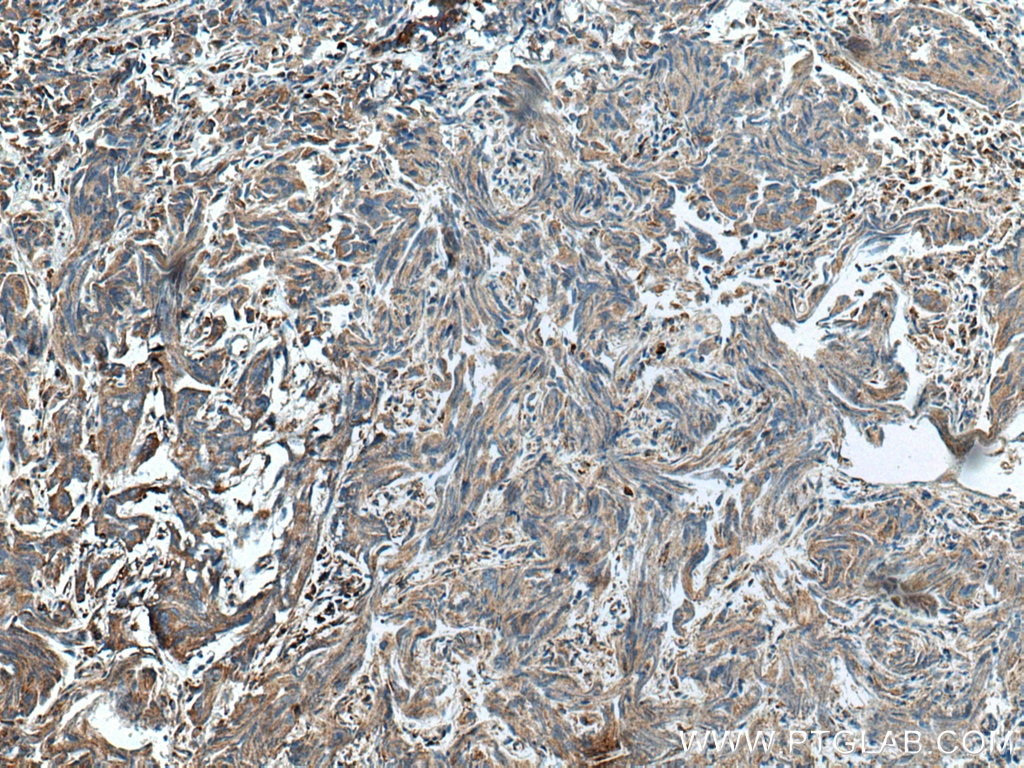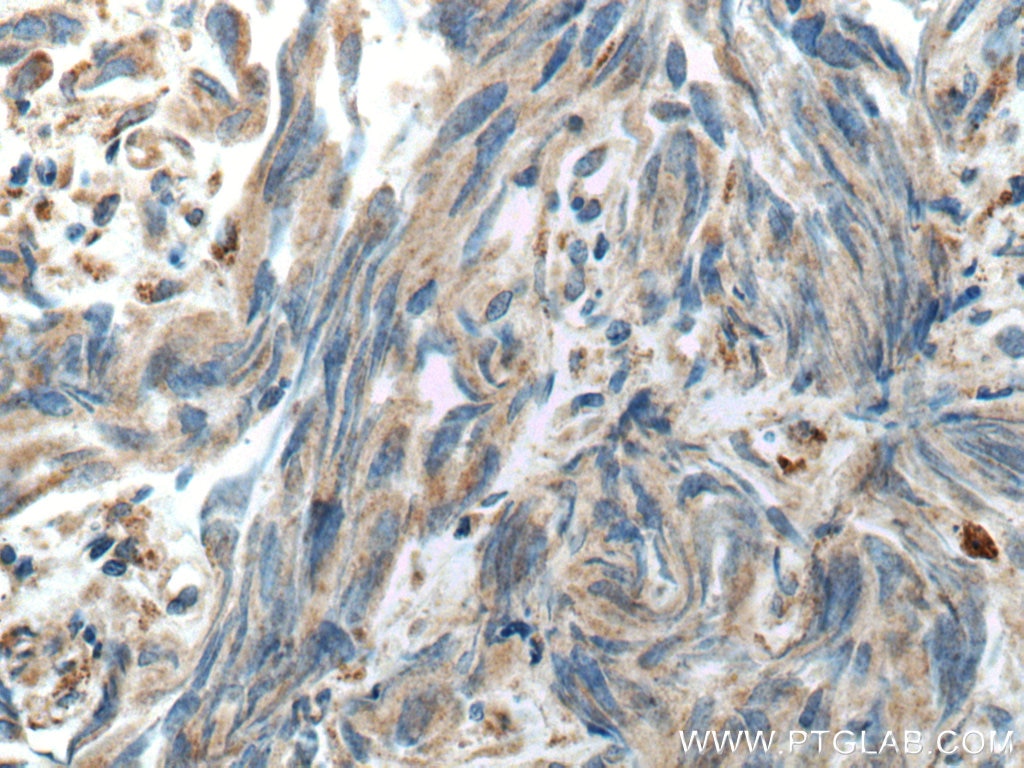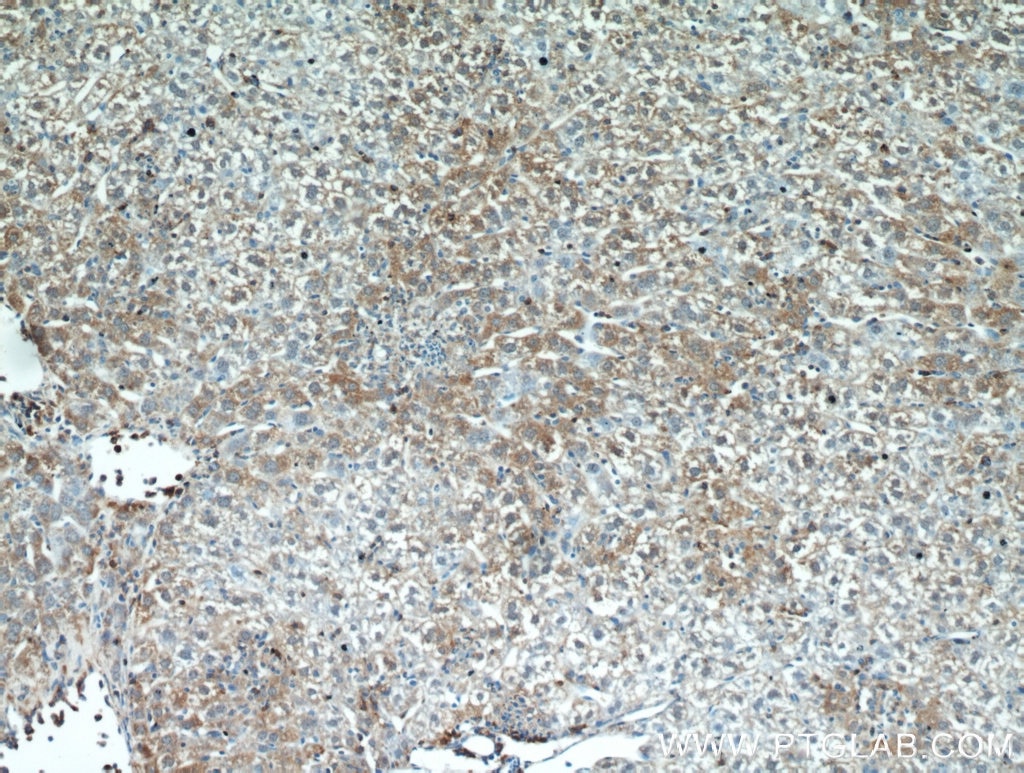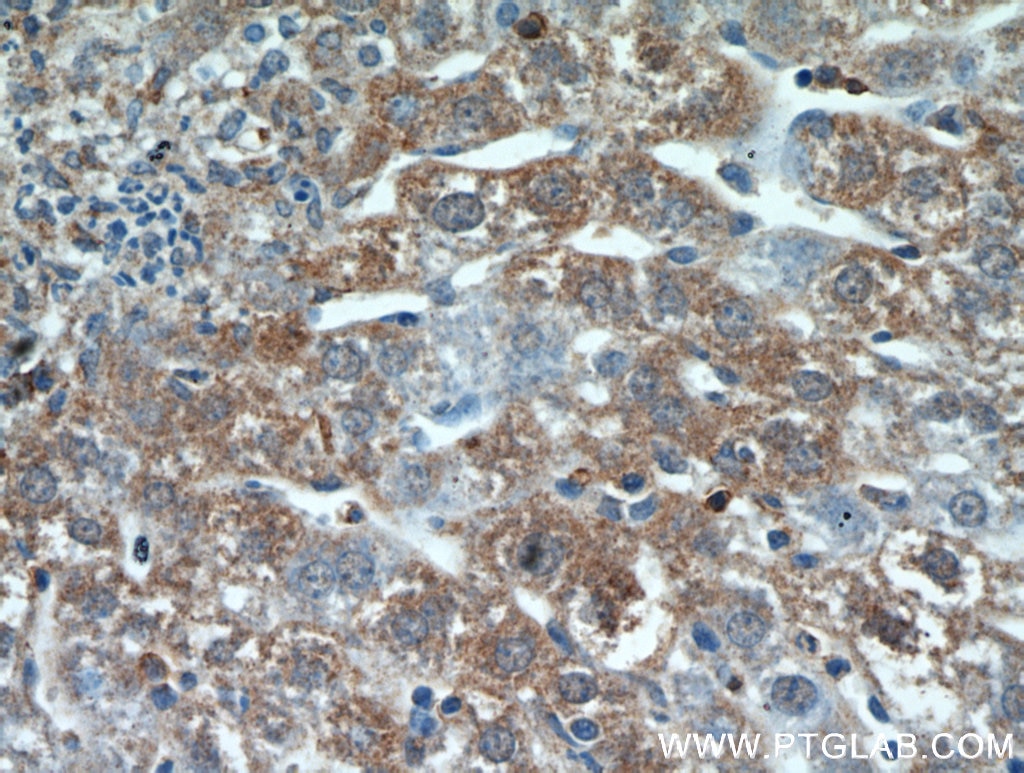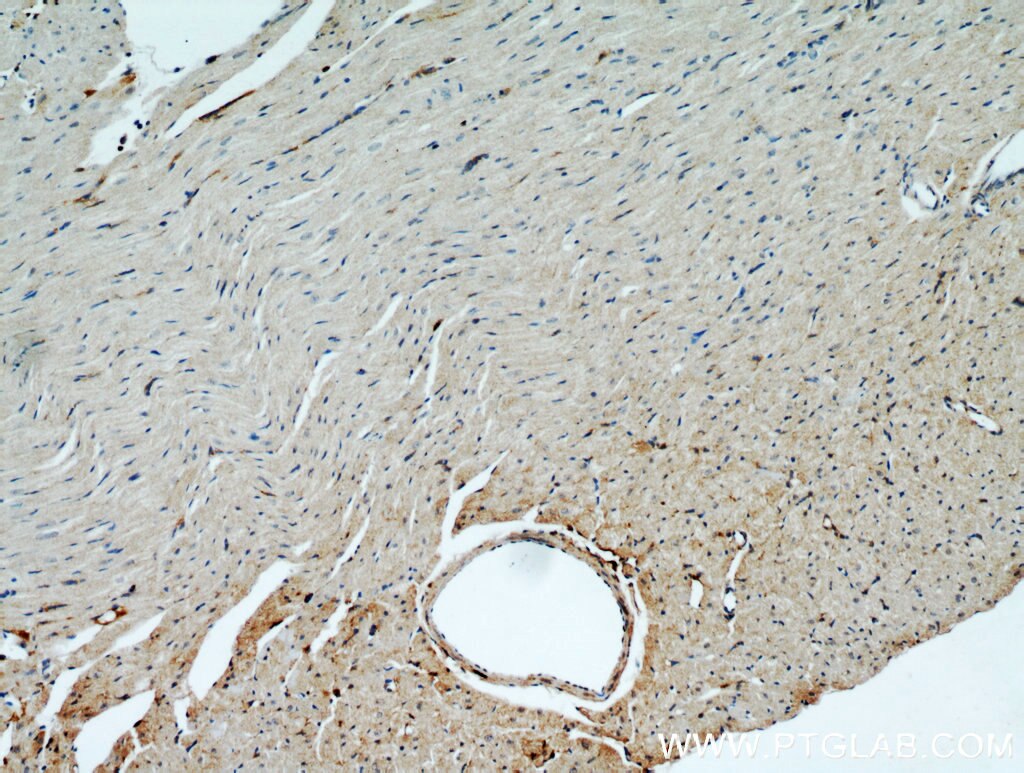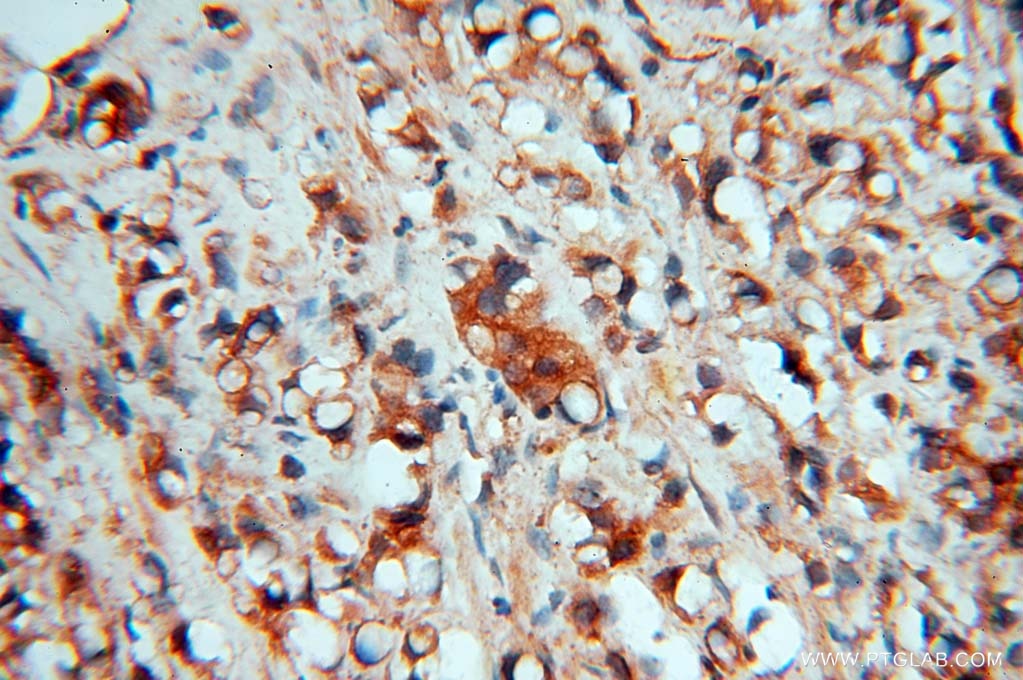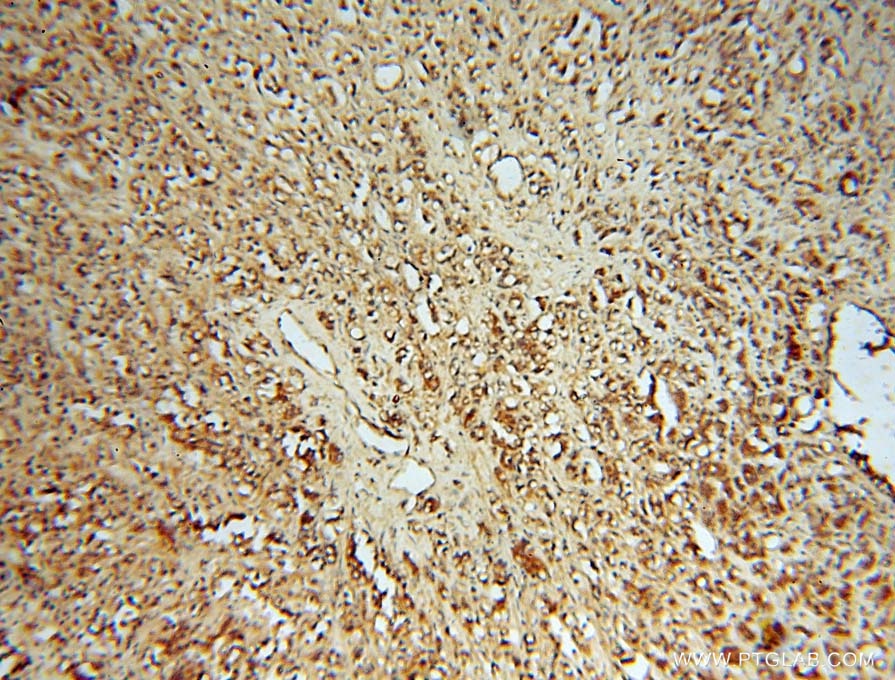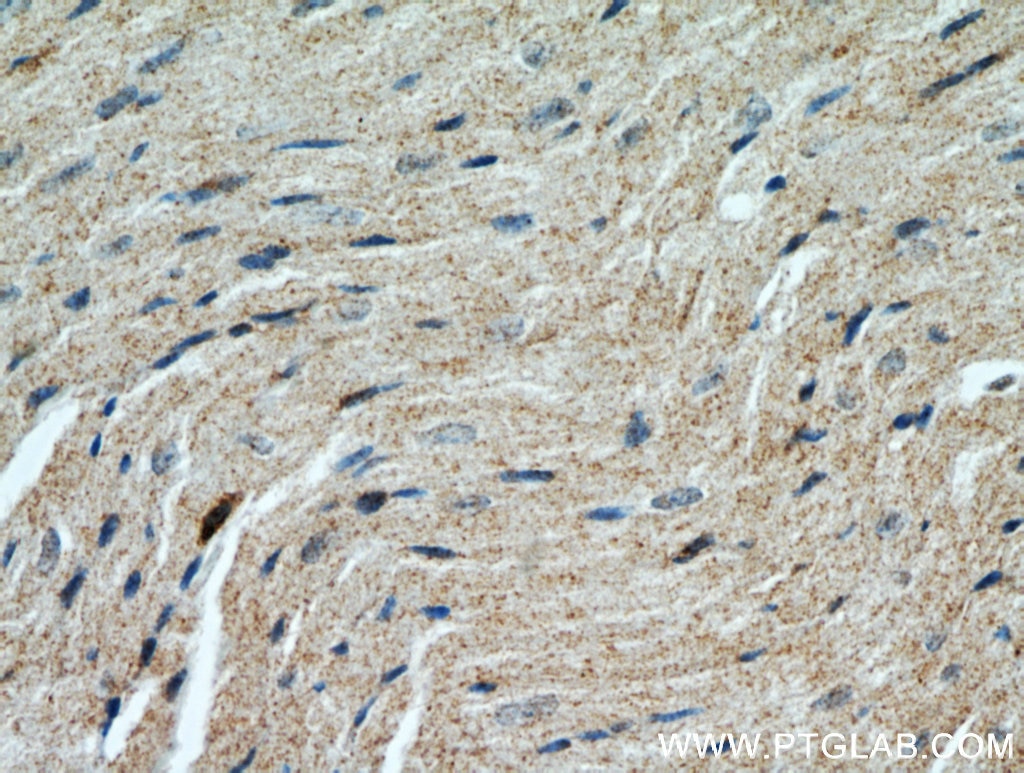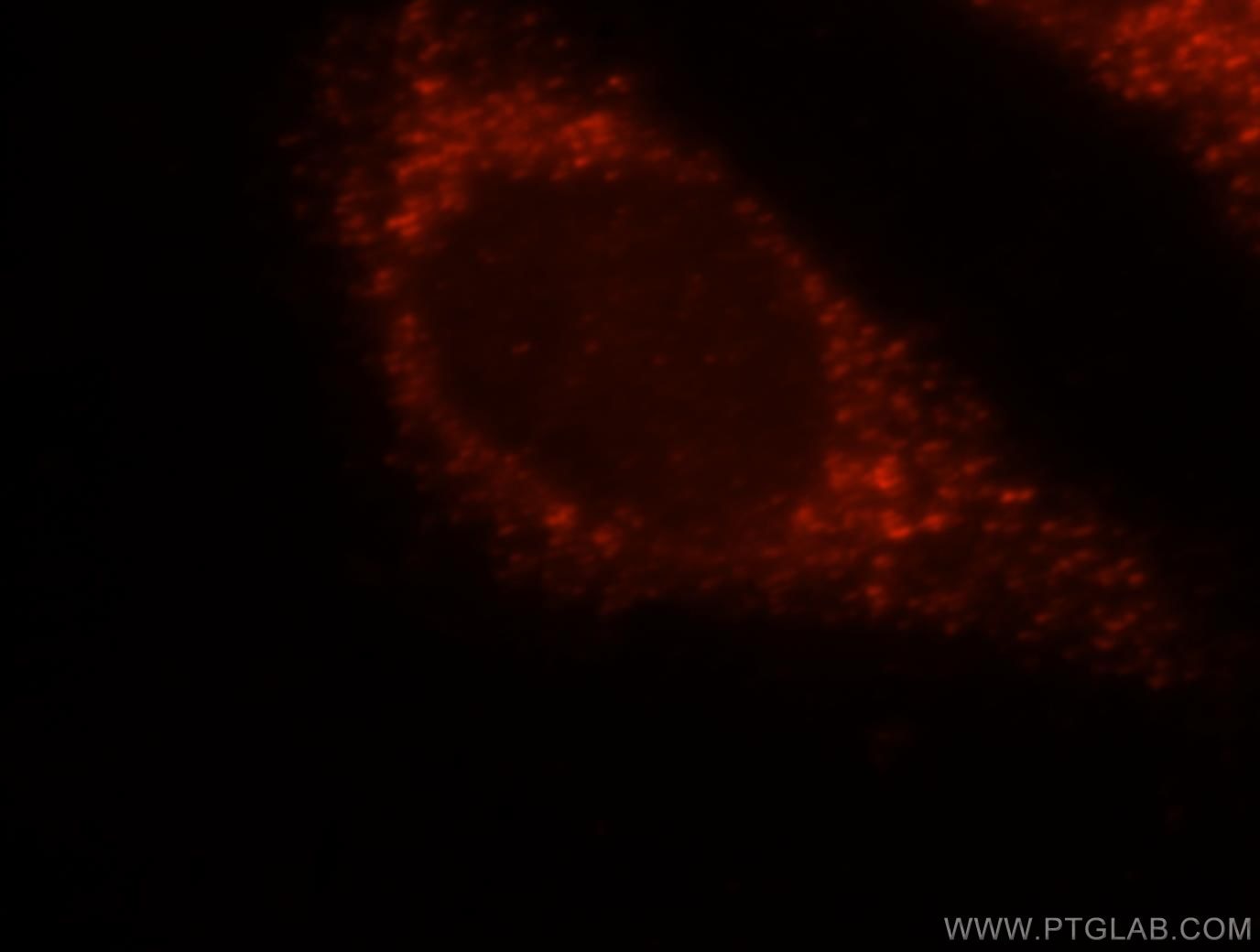Tested Applications
| Positive WB detected in | mouse liver tissue, mouse brain tissue, mouse heart tissue, HepG2 cells, rat liver tissue |
| Positive IP detected in | mouse brain tissue |
| Positive IHC detected in | human prostate cancer tissue, mouse liver tissue, mouse heart tissue Note: suggested antigen retrieval with TE buffer pH 9.0; (*) Alternatively, antigen retrieval may be performed with citrate buffer pH 6.0 |
| Positive IF/ICC detected in | Hela cells |
Recommended dilution
| Application | Dilution |
|---|---|
| Western Blot (WB) | WB : 1:2000-1:10000 |
| Immunoprecipitation (IP) | IP : 0.5-4.0 ug for 1.0-3.0 mg of total protein lysate |
| Immunohistochemistry (IHC) | IHC : 1:200-1:800 |
| Immunofluorescence (IF)/ICC | IF/ICC : 1:10-1:100 |
| It is recommended that this reagent should be titrated in each testing system to obtain optimal results. | |
| Sample-dependent, Check data in validation data gallery. | |
Published Applications
| WB | See 17 publications below |
Product Information
15116-1-AP targets HSD17B4 in WB, IHC, IF/ICC, IP, ELISA applications and shows reactivity with human, mouse, rat samples.
| Tested Reactivity | human, mouse, rat |
| Cited Reactivity | human, mouse, rat, sheep |
| Host / Isotype | Rabbit / IgG |
| Class | Polyclonal |
| Type | Antibody |
| Immunogen |
CatNo: Ag7165 Product name: Recombinant human HSD17B4 protein Source: e coli.-derived, PGEX-4T Tag: GST Domain: 436-736 aa of BC003098 Sequence: GSGVVIIMDVYSYSEKELICHNQFSLFLVGSGGFGGKRTSDKVKVAVAIPNRPPDAVLTDTTSLNQAALYRLSGDWNPLHIDPNFASLAGFDKPILHGLCTFGFSARRVLQQFADNDVSRFKAIKARFAKPVYPGQTLQTEMWKEGNRIHFQTKVQETGDIVISNAYVDLAPTSGTSAKTPSEGGKLQSTFVFEEIGRRLKDIGPEVVKKVNAVFEWHITKGGNIGAKWTIDLKSGSGKVYQGPAKGAADTTIILSDEDFMEVVLGKLDPQKAFFSGRLKARGNIMLSQKLQMILKDYAKL Predict reactive species |
| Full Name | hydroxysteroid (17-beta) dehydrogenase 4 |
| Calculated Molecular Weight | 80 kDa |
| Observed Molecular Weight | 80 kDa, 45 kDa |
| GenBank Accession Number | BC003098 |
| Gene Symbol | HSD17B4 |
| Gene ID (NCBI) | 3295 |
| RRID | AB_2119959 |
| Conjugate | Unconjugated |
| Form | Liquid |
| Purification Method | Antigen affinity purification |
| UNIPROT ID | P51659 |
| Storage Buffer | PBS with 0.02% sodium azide and 50% glycerol, pH 7.3. |
| Storage Conditions | Store at -20°C. Stable for one year after shipment. Aliquoting is unnecessary for -20oC storage. 20ul sizes contain 0.1% BSA. |
Background Information
HSD17B4 (17-beta-hydroxysteroid dehydrogenase 4) is also named as Peroxisomal multifunctional enzyme type 2, D-bifuntional protein or multifunctional protein 2. It codes for a 80 kDa enzyme containing three distinct functional domains and is localized in peroxisomes. It is a bifunctional enzyme acting on the peroxisomal beta-oxidation pathway for fatty acids and catalyzing the formation of 3-ketoacyl-CoA intermediates from both straight-chain and 2-methyl-brancked-chian fatty acids. After peroxisomal import, the full-length protein is proteolytically cleaved to yield a 35-kDa dehydrogenase subunit and a 45-kDa hydratase subunit containing the hydratase and SCP domains (PMID: 28868548, 24602372).
Protocols
| Product Specific Protocols | |
|---|---|
| IF protocol for HSD17B4 antibody 15116-1-AP | Download protocol |
| IHC protocol for HSD17B4 antibody 15116-1-AP | Download protocol |
| IP protocol for HSD17B4 antibody 15116-1-AP | Download protocol |
| WB protocol for HSD17B4 antibody 15116-1-AP | Download protocol |
| Standard Protocols | |
|---|---|
| Click here to view our Standard Protocols |
Publications
| Species | Application | Title |
|---|---|---|
Commun Biol Transmembrane protein 135 regulates lipid homeostasis through its role in peroxisomal DHA metabolism | ||
Neurobiol Dis Peroxisomal multifunctional protein-2 deficiency causes neuroinflammation and degeneration of Purkinje cells independent of very long chain fatty acid accumulation. | ||
Sci Rep Expression of steroidogenic enzymes and metabolism of steroids in COS-7 cells known as non-steroidogenic cells. | ||
Cells Cell Type-Selective Loss of Peroxisomal β-Oxidation Impairs Bipolar Cell but Not Photoreceptor Survival in the Retina. | ||
Mol Cells The Peroxisomal Localization of Hsd17b4 Is Regulated by Its Interaction with Phosphatidylserine. | ||
Biology (Basel) In Situ Peroxidase Labeling Followed by Mass-Spectrometry Reveals TIA1 Interactome. |

